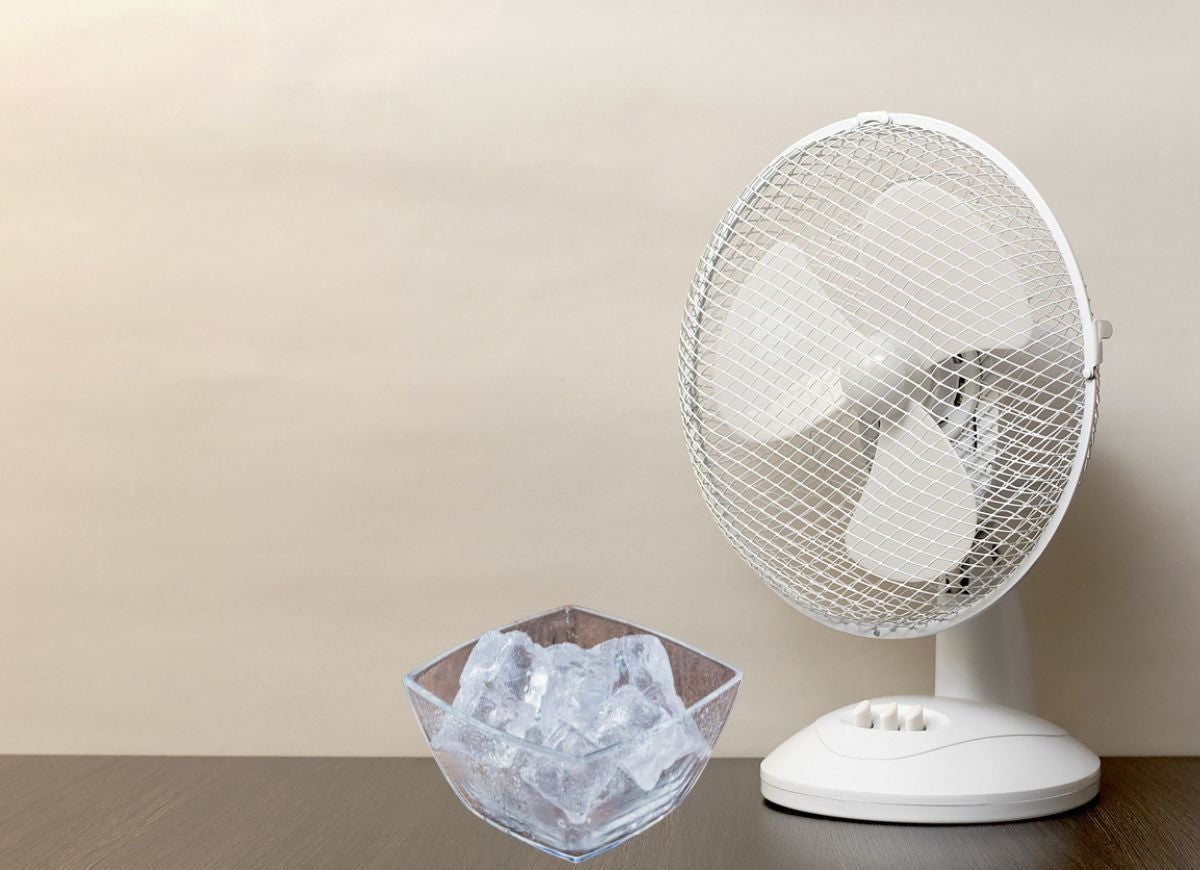

Articles
How To Make A Fan Blow Cold Air
Modified: April 23, 2024
Learn how to improve your fan's cooling power with these helpful articles. Find tips and tricks to make your fan blow cold air and beat the summer heat.
(Many of the links in this article redirect to a specific reviewed product. Your purchase of these products through affiliate links helps to generate commission for Storables.com, at no extra cost. Learn more)
Introduction
Welcome to the ultimate guide on how to make a fan blow cold air! If you’re tired of sweltering in the heat and looking for a cost-effective way to cool down your surroundings, you’re in the right place. While fans are great for circulating air, they don’t actually lower the temperature. However, with some simple tricks and materials, you can transform your ordinary fan into a cooling machine that blows refreshing cold air.
Before we dive into the steps, let’s take a moment to understand the basics of air conditioning. Air conditioning works by removing the hot air from a given space and replacing it with cooler air. Traditional air conditioning units use refrigerants and complex mechanisms to achieve this. However, with our DIY method, we will harness the power of evaporation to create a cooling effect.
So, whether you’re struggling to beat the summer heat or simply want a budget-friendly solution for staying cool, this article will guide you through the process of making a fan blow cold air. Before we get started, let’s gather the materials required for this project.
Key Takeaways:
- Transform your ordinary fan into a cooling machine by harnessing the power of evaporation. With simple materials and strategic positioning, enjoy refreshing cold air without the high cost of traditional air conditioning.
- Avoid common mistakes like using a small fan or placing ice too close to the fan to ensure optimal cooling. Optimize your DIY cooling fan with larger fans, strategic positioning, and proper moisture levels for a refreshing and comfortable environment.
Read more: Why Is My Hair Dryer Only Blowing Cold Air
Understanding the Basics of Air Conditioning
Air conditioning is a process that involves altering the temperature, humidity, and cleanliness of the air in a specific space. Traditional air conditioning units use a refrigeration cycle to remove heat from the air. This involves compressing and expanding a refrigerant to transfer heat energy. While effective, these units can be expensive to purchase and operate.
When it comes to cooling down a room using a fan, we will be relying on the principle of evaporation. Evaporation is a process that occurs when a liquid, such as water, changes from a liquid state into a gas, absorbing heat from its surroundings in the process. By harnessing this principle, we can create a cooling effect that makes the air blown by the fan feel much colder.
Now you might be wondering, how does evaporation help cool down the air? Well, when water evaporates, it absorbs heat energy from its surroundings, which in turn cools down the air. By adding moisture to the air blown by the fan, we enhance the evaporation process and create a cooler sensation.
There are a few key factors that contribute to the effectiveness of this process. Firstly, the temperature and humidity levels in the room play a significant role. Evaporation is most effective in hot and dry environments. The lower the humidity, the faster the moisture evaporates, resulting in a cooler air output.
Secondly, the size and speed of the fan can also impact the cooling effect. Larger fans tend to produce more airflow, which helps in distributing the cooled air throughout the room. Additionally, having a fan with multiple speed settings allows for greater control over the airflow and temperature.
Now that we have a basic understanding of how air conditioning works and the role of evaporation in creating a cooling effect, let’s move on to the materials needed to make a fan blow cold air.
Materials Needed
To make a fan blow cold air, you will need a few basic materials that are easily accessible. Here’s a list of what you’ll need:
- A fan: Choose a fan that is large enough to effectively circulate air in the desired space. A standing or oscillating fan works well for this purpose.
- A bowl of ice or a cooler with ice packs: Ice will be used to cool the air blown by the fan. You can use a bowl filled with ice cubes or a cooler with ice packs as a source of cold air.
- A small towel or cloth: This will be used to wrap around the fan to enhance the cooling effect.
- Water: You’ll need water to moisten the towel or cloth.
That’s it! With these simple materials, you’ll be well on your way to transforming your fan into a cooling machine that blows cold air. Now that we have everything ready, let’s move on to the step-by-step guide on how to make a fan blow cold air.
Step-by-Step Guide to Make a Fan Blow Cold Air
Follow these simple steps to turn your regular fan into a refreshing source of cool air:
- Prepare the fan: Set up your fan in a convenient location where it can effectively circulate the air in the room. Ensure that it is plugged into a power source and ready for use.
- Position the ice: Place the bowl of ice or the cooler with ice packs in front of the fan. This will allow the fan to blow air over the ice and create a cooling effect.
- Moisten the towel or cloth: Dip the small towel or cloth in water and wring out any excess moisture. You want the cloth to be damp but not dripping wet.
- Wrap the towel around the fan: Carefully wrap the damp towel or cloth around the front of the fan. Make sure it covers the entire grill area where the air is blown out. Secure it in place using tape or clips if necessary.
- Turn on the fan: Switch on the fan to the desired speed setting. The air blown by the fan will pass through the wet towel or cloth, causing the water to evaporate and creating a cooling sensation.
- Enjoy the cool air: Sit back and bask in the cool breeze as your fan blows refreshing cold air into the room. You can adjust the fan speed or add more ice as needed to maintain the desired temperature.
That’s it! With just a few simple steps, you can transform your ordinary fan into a cooling machine that blows cold air. Remember to monitor the ice and water levels and replace them as needed to maintain the cooling effect. Now let’s explore some tips and tricks to optimize the cold air output.
Clean the fan blades and ensure they are free from dust and debris. Place a bowl of ice in front of the fan to help circulate cold air. This can help the fan blow cooler air.
Tips and Tricks for Optimal Cold Air Output
While the basic method of using a fan and ice to create cold air is straightforward, there are several tips and tricks you can employ to enhance the cooling effect. Here are some strategies to optimize the cold air output from your DIY cooling fan:
- Use a larger fan: If possible, opt for a larger fan as it can generate more airflow and distribute the cooled air more effectively.
- Position the fan strategically: Experiment with different placements to find the best position for the fan. Consider placing it near an open window to draw in fresh air or position it in front of a cool source like an air conditioner.
- Add more ice or use frozen water bottles: If the cooling effect starts to diminish, add more ice to the bowl or replace it with frozen water bottles. This will help maintain the cold air output for a longer period.
- Use a fan with adjustable speed settings: Having a fan with multiple speed options allows you to control the airflow and adjust it to your desired level of coolness.
- Circulate the air: To maximize the cooling effect, you can place a second fan in the room to create air circulation. This will help distribute the cold air more evenly throughout the space.
- Use a misting spray: If you’re in an extremely dry climate, consider using a misting spray to add moisture to the air. Spraying a fine mist in front of the fan will enhance the evaporation process and increase the cooling sensation.
By implementing these tips and tricks, you can optimize the cold air output from your DIY cooling fan and enjoy a more refreshing and comfortable environment. However, there are a few common mistakes that you should be aware of to ensure the best results.
Read more: Why My AC Is Not Blowing Cold Air
Common Mistakes to Avoid
While making a fan blow cold air is a relatively simple process, there are a few common mistakes that can hinder its effectiveness. By avoiding these mistakes, you can ensure that your DIY cooling fan works optimally. Here are some common mistakes to avoid:
- Using a small fan: Using a fan that is too small may not generate enough airflow to create a noticeable cooling effect. Opt for a larger fan if possible.
- Placing the ice too close to the fan: While it may be tempting to place the ice right in front of the fan, doing so can cause the ice to melt quickly, reducing the cooling effect. Leave a bit of distance between the ice and the fan to allow for proper airflow.
- Not moistening the towel or cloth adequately: The towel or cloth wrapped around the fan needs to be damp for the evaporation process to work effectively. Ensure that it is moist enough to promote evaporation but not dripping wet.
- Forgetting to monitor and refill the ice: The effectiveness of the cooling fan relies on the presence of cold ice or frozen water bottles. Regularly check the ice levels and replace them as needed to maintain the cold air output.
- Placing the fan in a closed space: It is important to place the fan in an open or well-ventilated area to allow for proper air circulation. Placing it in a closed space can restrict airflow and limit the cooling effect.
By avoiding these common mistakes, you can ensure that your DIY cooling fan functions at its best and provides you with the desired cool air during hot days. Now that you have a comprehensive understanding of how to make a fan blow cold air and the mistakes to avoid, let’s conclude our guide.
Conclusion
Creating a fan that blows cold air is a cost-effective and simple way to beat the heat during hot summer days. By harnessing the power of evaporation and using a few basic materials, you can transform your ordinary fan into a cooling machine that brings relief from high temperatures.
In this comprehensive guide, we have explored the basics of air conditioning and the role of evaporation in creating a cooling effect. We have also provided step-by-step instructions on how to make a fan blow cold air, along with tips and tricks to optimize the cooling output.
Remember to choose a suitable fan size, position it strategically, and wrap it with a moistened towel or cloth. Placing a bowl of ice or using frozen water bottles in front of the fan will further amplify the cooling effect. Additionally, using a fan with adjustable speed settings and ensuring proper air circulation will help maximize the cold air output.
While implementing these techniques, be mindful of common mistakes such as using a small fan, placing the ice too close to the fan, or neglecting to monitor and refill the ice. By avoiding these mistakes, you can ensure that your DIY cooling fan works efficiently and provides you with a refreshing breeze.
Now that you have all the knowledge and techniques to make a fan blow cold air, it’s time to put them into practice. Stay cool and comfortable throughout those scorching summer days, all while saving money on energy bills. Enjoy the refreshing sensation of cold air flowing from your very own DIY cooling fan!
Frequently Asked Questions about How To Make A Fan Blow Cold Air
Was this page helpful?
At Storables.com, we guarantee accurate and reliable information. Our content, validated by Expert Board Contributors, is crafted following stringent Editorial Policies. We're committed to providing you with well-researched, expert-backed insights for all your informational needs.

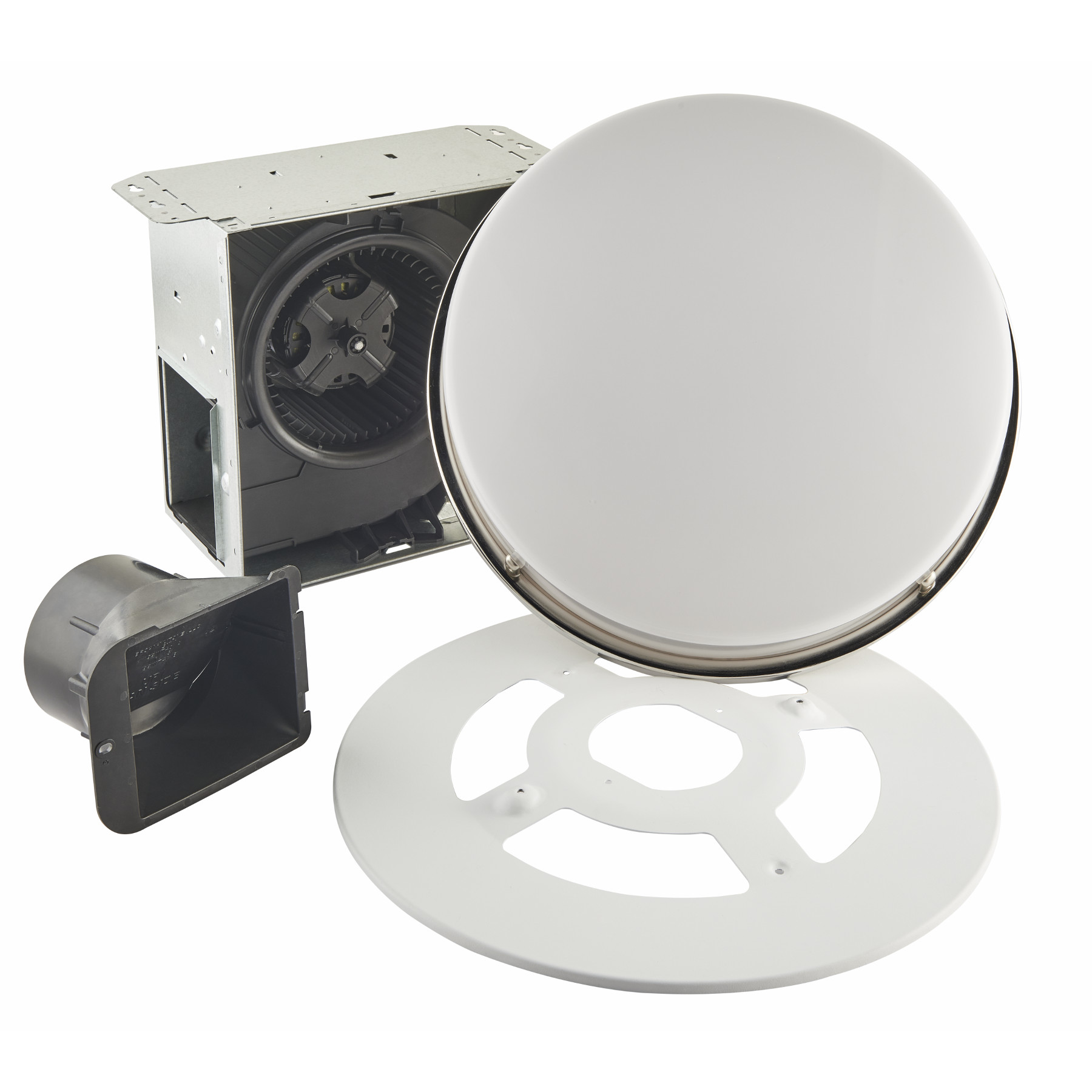
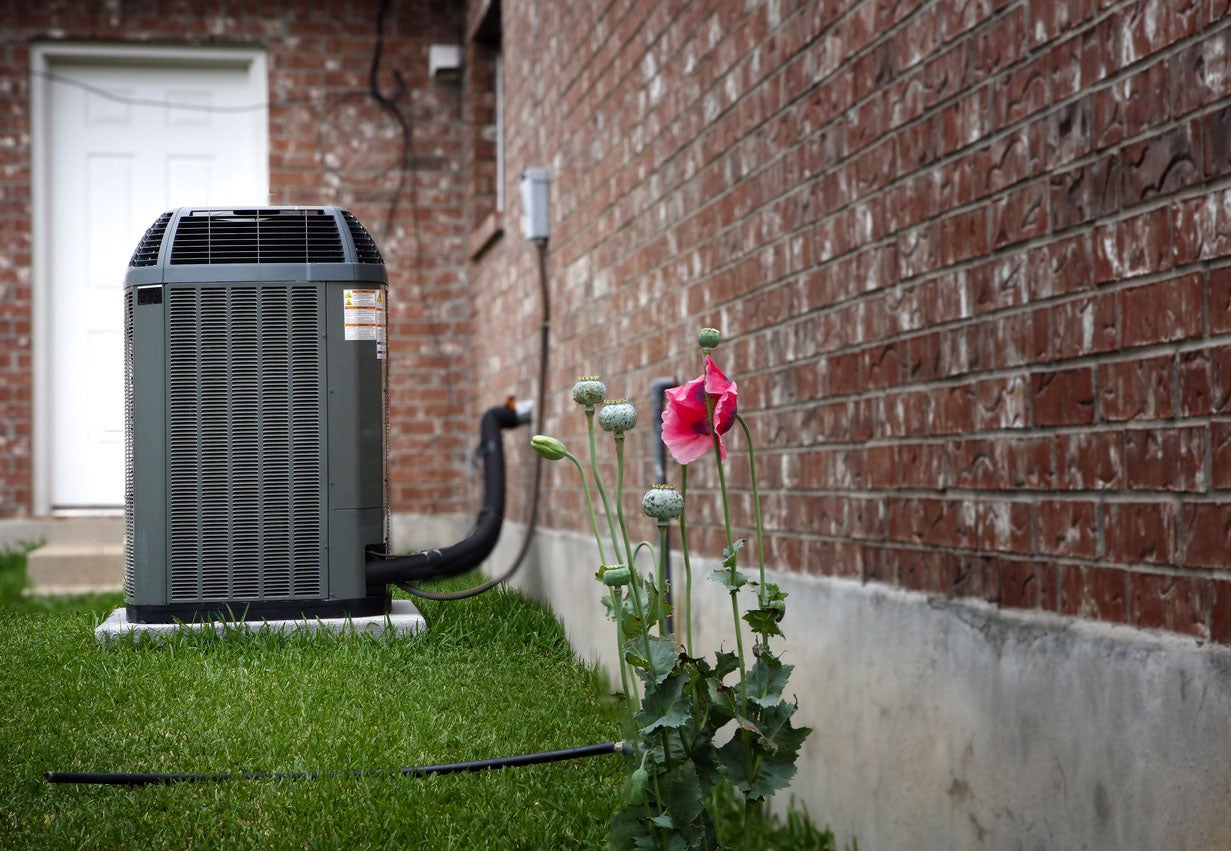
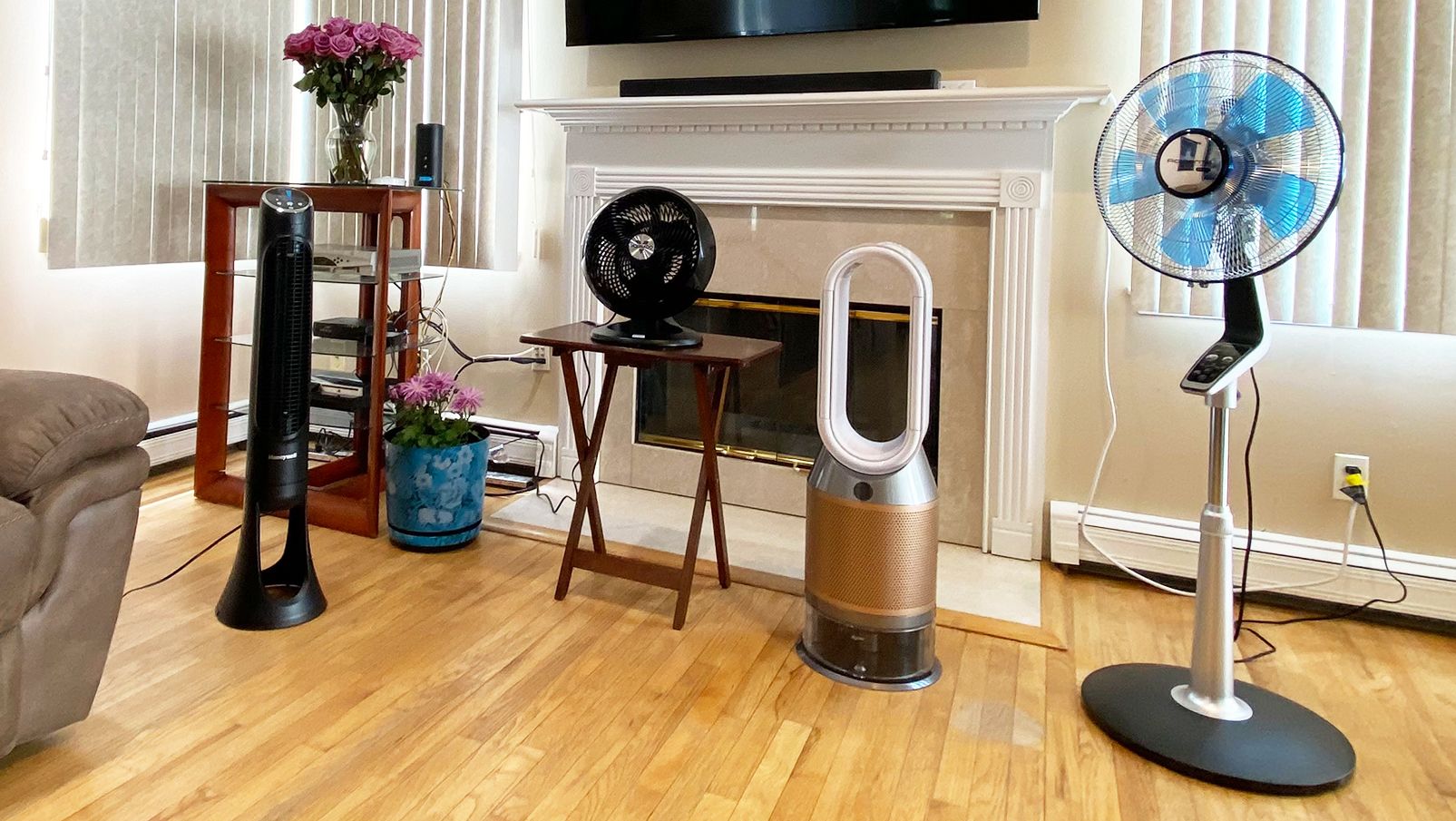
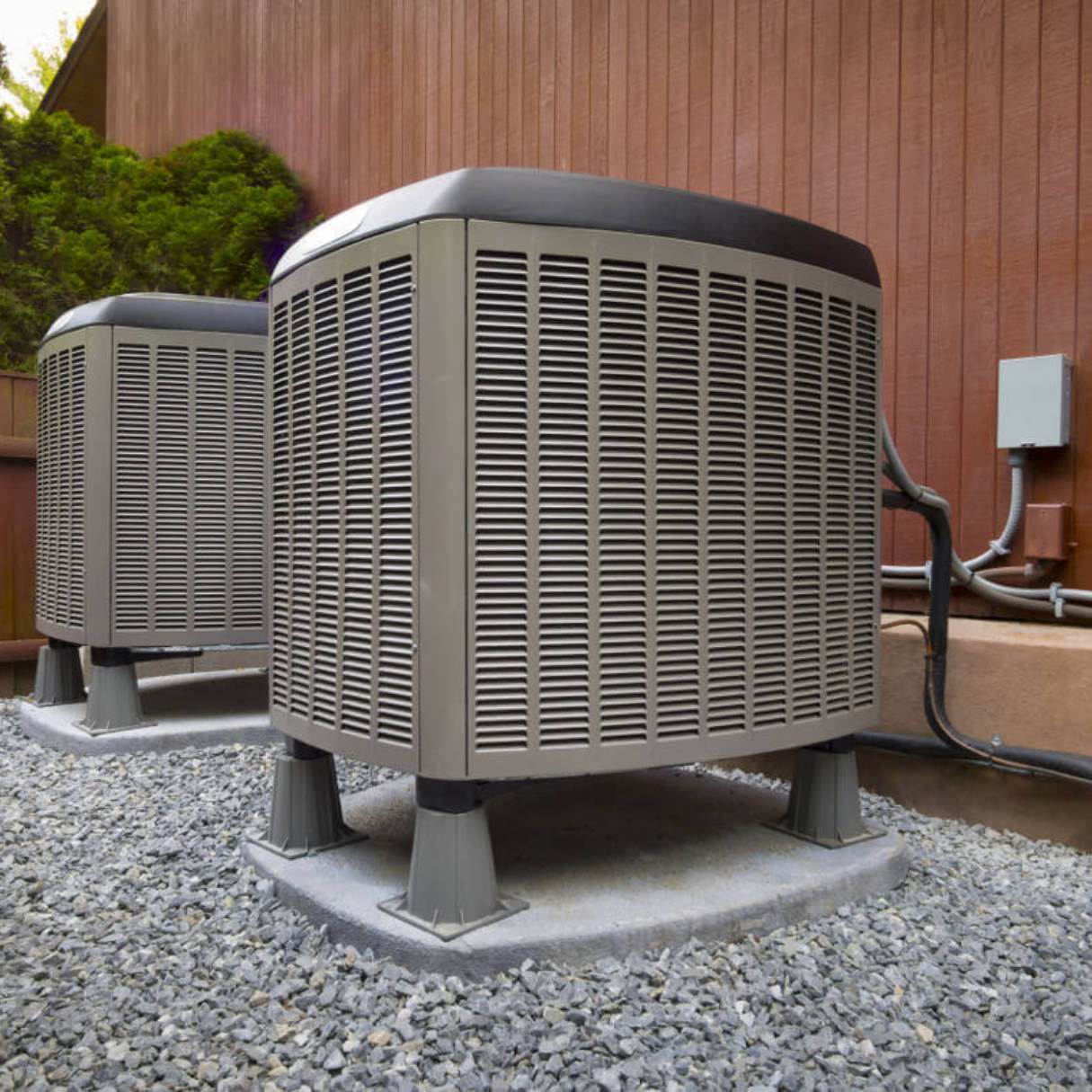
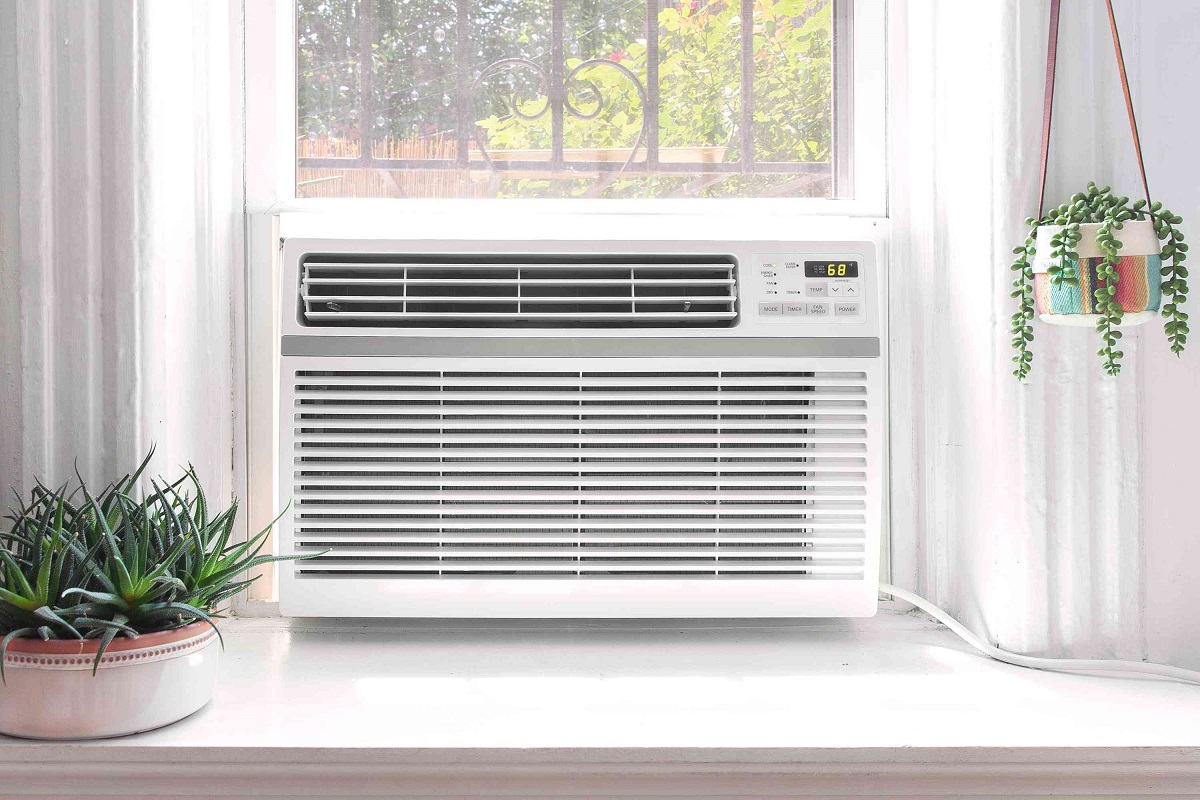

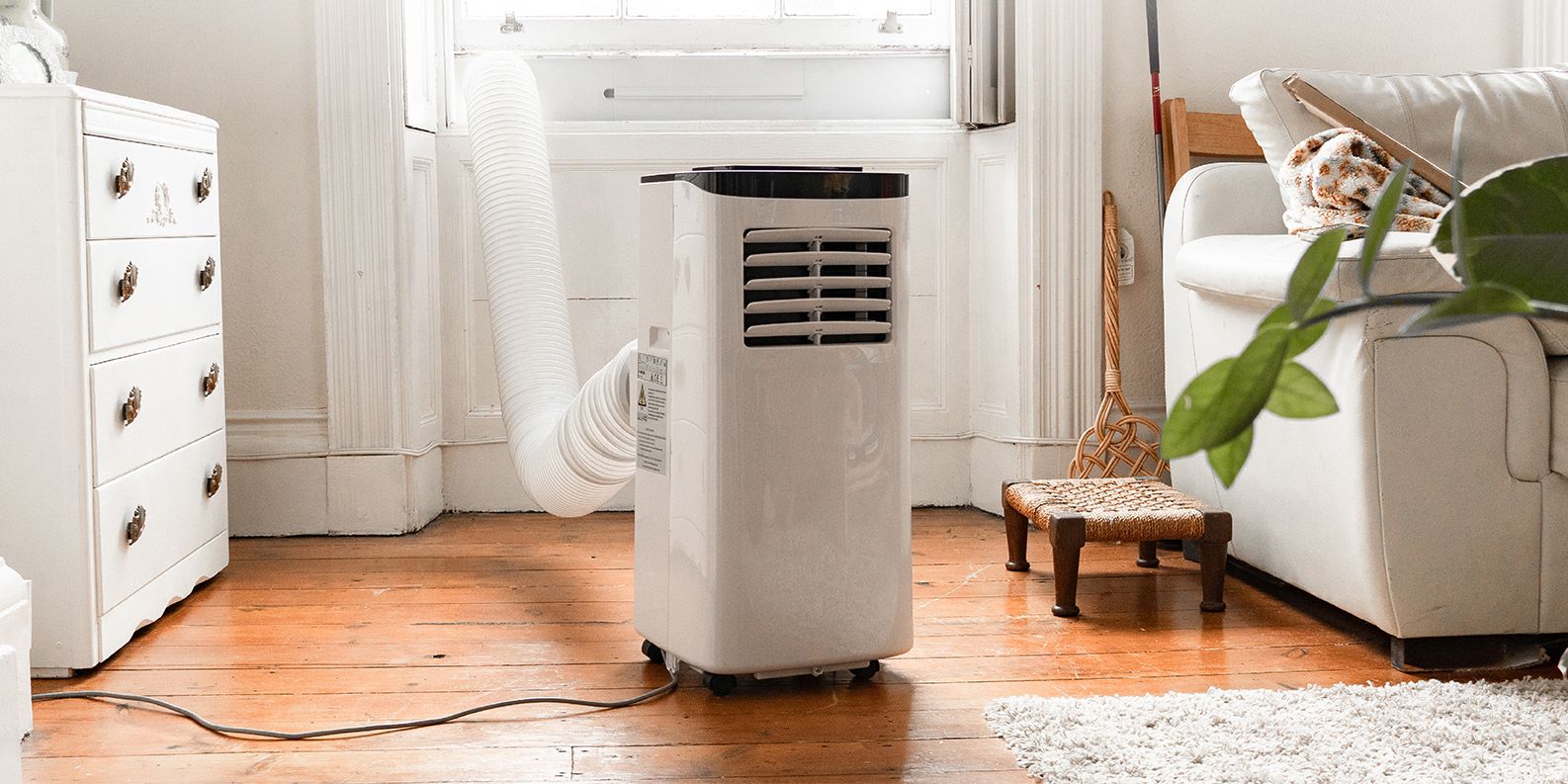


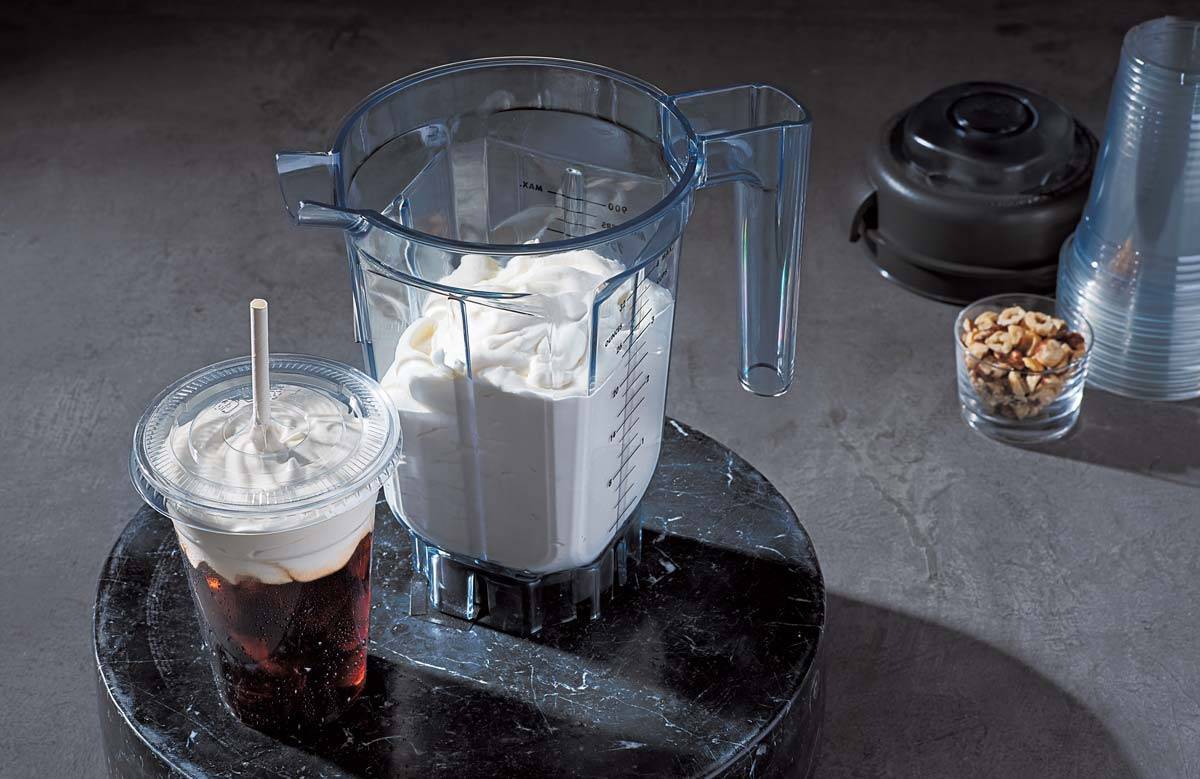
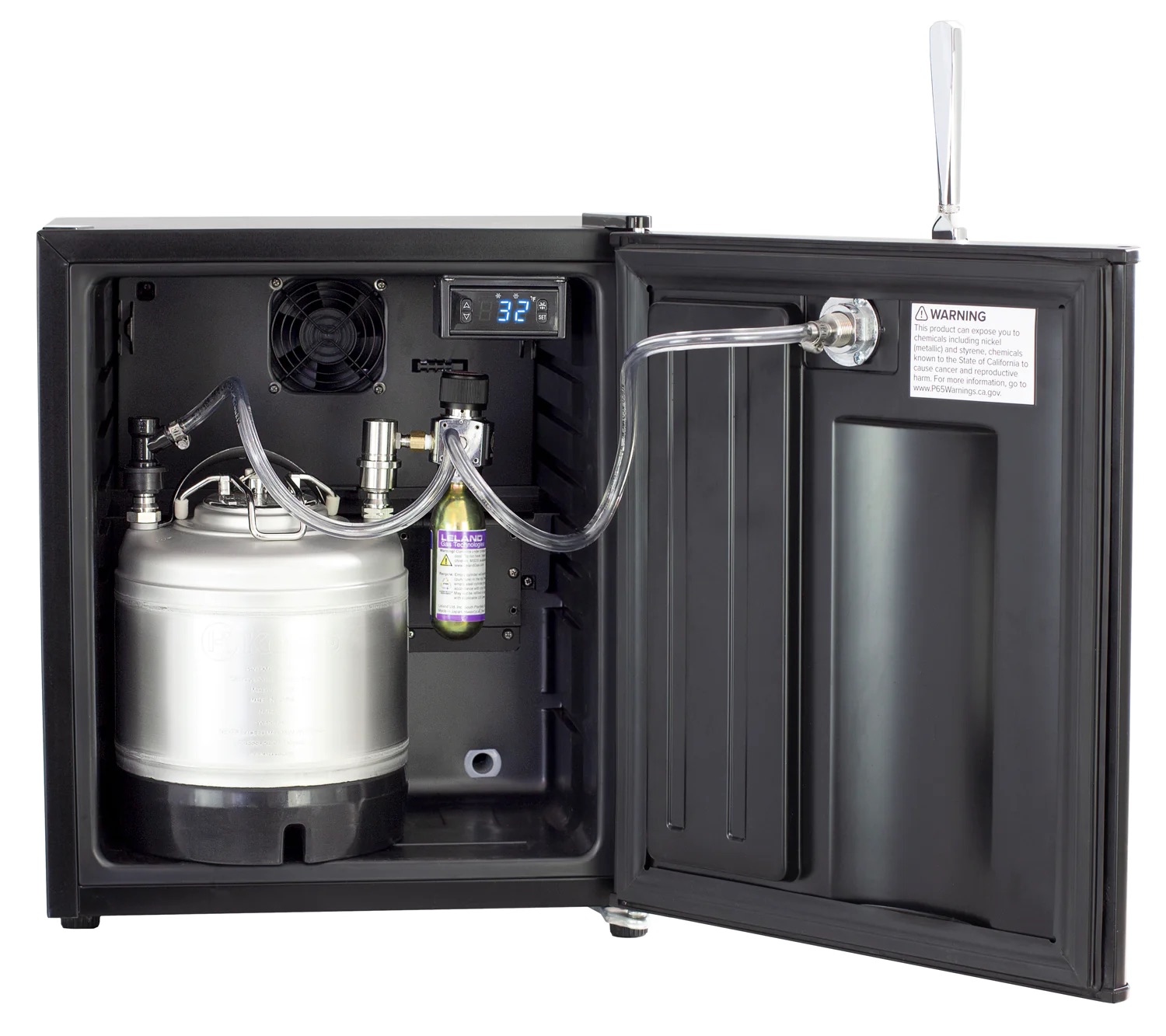

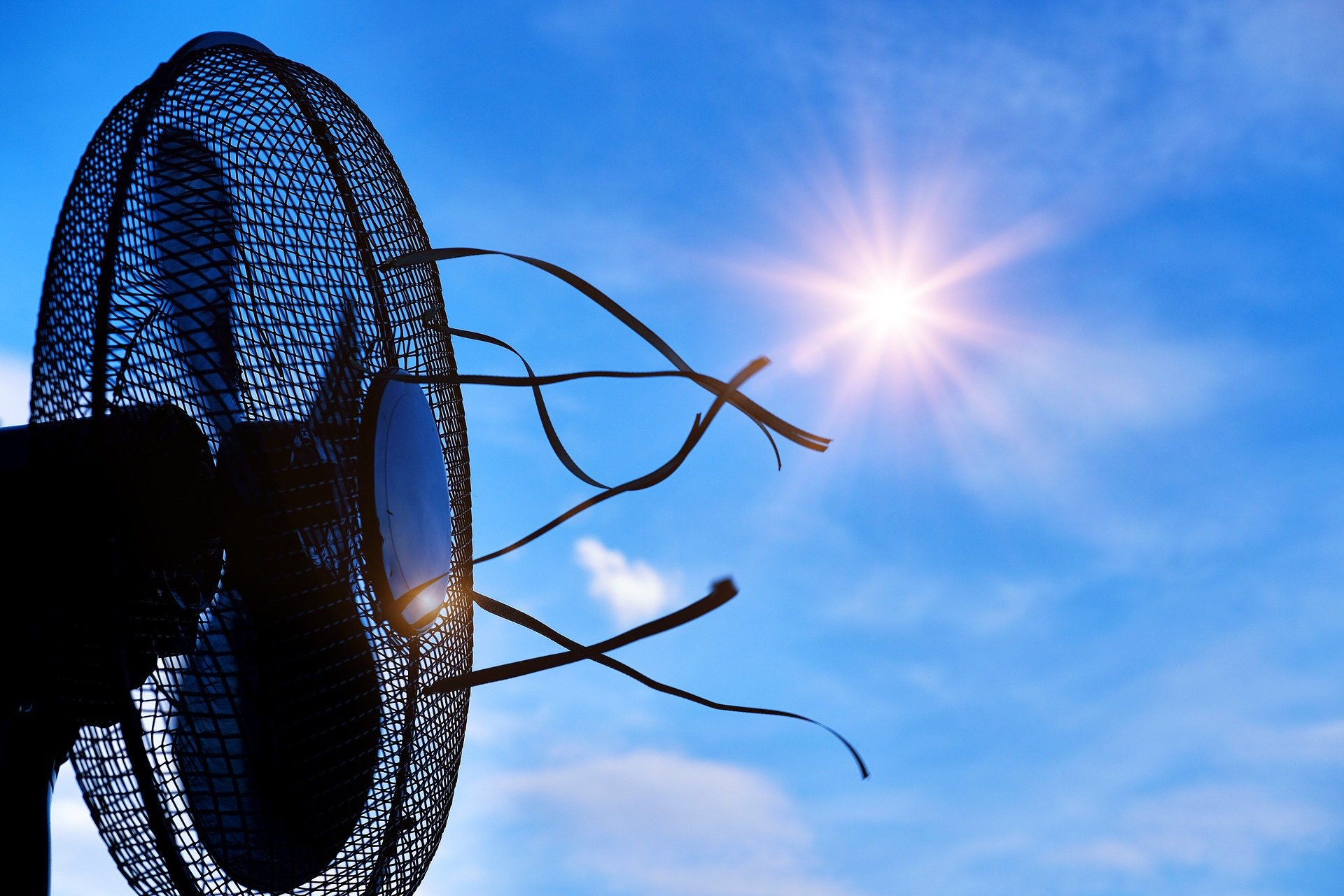

0 thoughts on “How To Make A Fan Blow Cold Air”